Introduction of 11 Common Rope Materials You Should Know
BARON leading products cover different types of ropes, lines, nets and belts, including PE ropes, PP ropes, mixed ropes, compound silk ropes, split film ropes, ropes with lead and anchor chain, climbing ropes, fighting ropes, etc.; monofilament ropes, compound silk ropes, jute ropes, sisal ropes, etc.; soccer nets, cargo nets, lifting nets, etc. As a professional packing rope manufacturer, we can provide different types of products according to customers' needs.
Nylon
Nylon is the most commonly used fiber in rope manufacturing today. Nylon has high breaking strength and high elongation, allowing it to absorb impact loads. Nylon fiber also has high abrasion resistance. It is also resistant to rot and mildew and is unaffected by oil and gasoline.
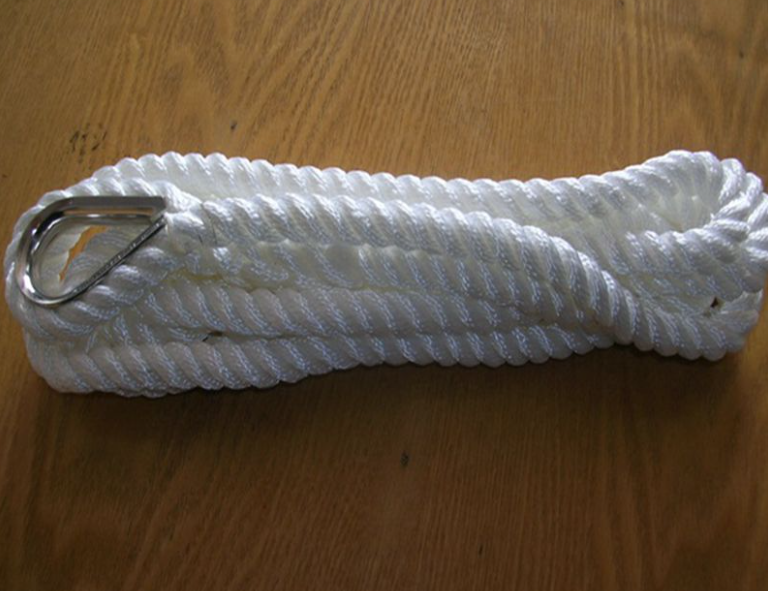
Anchor line nylon twisted
Banana hemp fiber
Banana hemp fiber is the strongest of all natural fibers. It is native to the Philippines and is known as manila or hemp rope in the Western world. Originally used to make rope and twine, it is now used primarily for specialty paper products, tea bags and banknotes. The demand for synthetic fiber ropes has grown rapidly over the years, but manila ropes are still in high demand.
Polyester
Polyester fibers were first produced in the United States in 1946 by DuPont. Polyester fibers are characterized by their low stretch and excellent UV resistance. Similar in appearance to nylon fiber ropes, polyester ropes have excellent surface abrasion resistance and are resistant to corrosion and mildew.
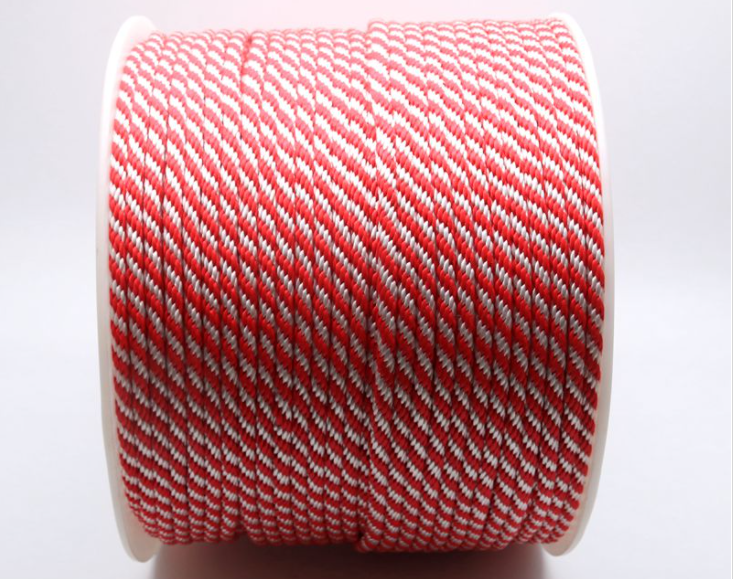
Polyester Solid Braided Rope
Polypropylene
Propylene was first polymerized by Phillips Petroleum in 1951. An economical, lightweight fiber that resists rot, mold, marine growth and petroleum products. The fiber is also a UV stabilizer for outdoor use, and it is a floating rope. Polypropylene ropes are the most common general purpose ropes used today.
Multifilament polypropylene
Multifilament polypropylene fibers are made from high quality polypropylene resins with the highest quality spinning finishes. The fibers are UV stabilized for added sunlight resistance. Finished ropes are soft and highly flexible and come in a variety of colors or color combinations. The most common ropes are solid braided multifilament polypropylene constructions.
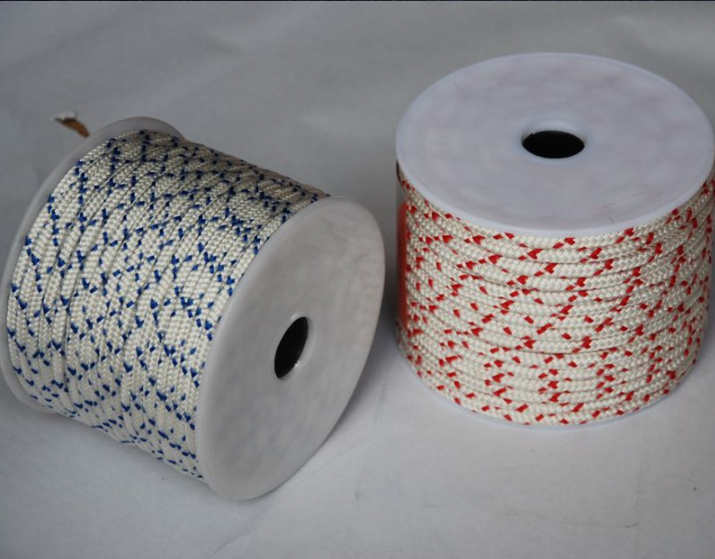
Polypropylene multifilament 16-Strand Braided Rope
Additional resources:
What is the cheapest molding process?
10 Best Ways to Utilize M11 Live at Purchase Stage: A new sales strategy?
Revolutionizing Small Business Manufacturing: CNC Milling?
Are CNC toolholder prices negotiable?
Everything You Need to Know About Die Casting: Materials, Process, and Cost
Are CNC Milling Machines the Future of Art?
Optimal CNC Machining Materials: The Ultimate Guide?
Ultra High Polymers
UHMWPE fibers are 10 times stronger than steel wire. Very low creep and tensile properties result in a finished rope with an elongation at break of 3.5%. It also results in a 25% reduction in coefficient of friction and a very high strength-to-weight ratio. The finished rope is 2.5 times stronger than conventional polyester ropes.
Rubber
White and black silicone rubber is used for the core of elastic ropes (Bungee Cord). Multi-stranded rubber strands are braided together with multifilament polypropylene, nylon, polyester and cotton fibers to form a high-quality elastic cord.
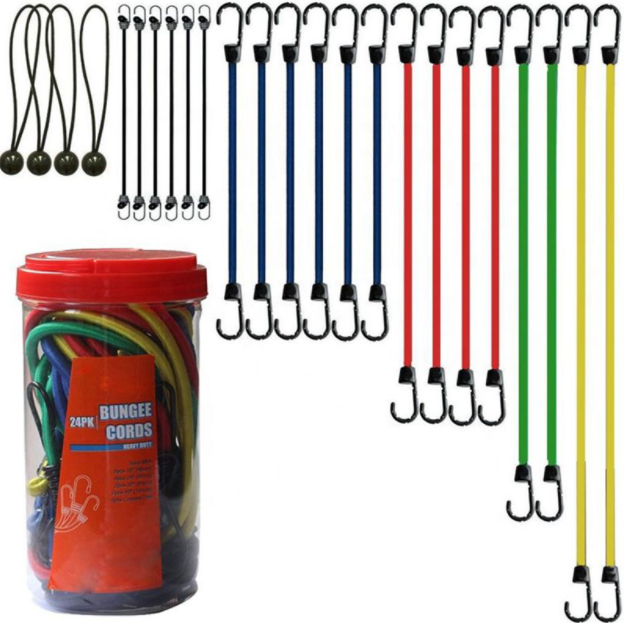
Shock cord or rubber elastic rope
Spun Polyester
Spun polyester fibers are known for their soft feel and reliable grip. The finished rope seems to have a vague finish.
Cotton
Cotton fiber is a soft, fluffy, short fiber that grows around the seeds of the cotton plant. The history of cotton fiber dates back to 5000 BC. Today, China is the largest producer of cotton fiber, and several other countries, including the United States, also produce cotton. Cotton rope is generally soft to the touch and easy to handle. Tensile strength is much lower than other natural fiber ropes. The most common uses are cotton belt rope and cotton rope.
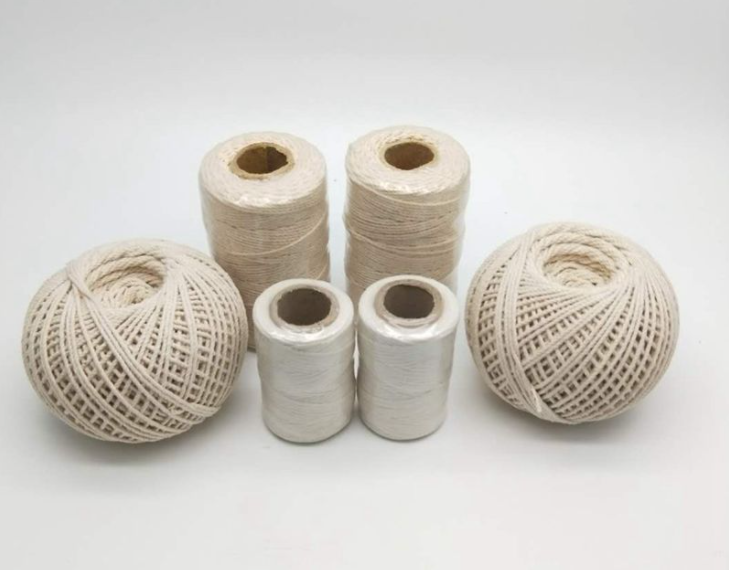
Natural Cotton Fiber Twine
Combination
Combination ropes are made using multiple fibers to form a single rope. The construction using multiple fibers depends on the characteristics of each fiber, thus giving the combination rope different properties. The most common example of a combination rope is the 3 Strand Poly-Dacron.
Sisal
Sisal fiber has been used for centuries. It comes from the Henequen cactus plant that grows in the Yucatan Peninsula of Mexico. Sisal fiber is one of the most commonly used natural fibers. An excellent low-cost fiber, its tensile strength is 80% of that of banana hemp fiber (manila rope).
If you want to buy ropes, please contact us and we offer you professional solutions.
Carbon Fiber Telescopic Pole: The Ultimate Lightweight and Sturdy Solution
Benefits of Flexible Metal Conduit for Water Protection
Comparing different types of door knobsets: Tubular vs. cylindrical
Roller Contact Bearing: The Backbone of Mechanical Efficiency
Benefits of Using a High Pressure Washer Nozzle
The Most Precise Metal Casting: Achieving Unparalleled Accuracy in Manufacturing
Cylindrical Door Lock: Ensuring Security and Convenience
Related Articles









Comments